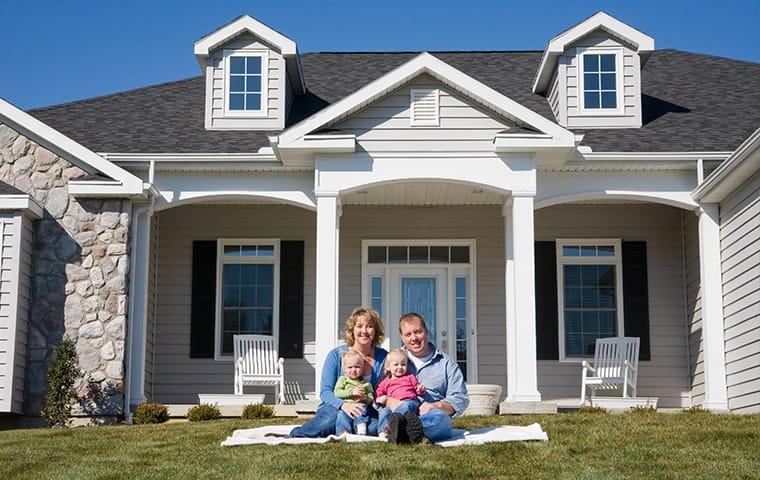Fill out the form below and a Cypress Creek representative will be in touch with you about your pest control needs.
BLOG

How Frequently Do Termites Infest Houston Structures?
How Frequently Do Termite Pests Infest Houston Structures, And What Role Does The Federal And Local Government Play In The Effort To Protect Homes From Termite Pests?
Next to cockroaches and ants, termites are the most commonly managed insect pests of homes and buildings in Houston, and they are easily the most destructive and economically costly structural pests in the world. Houston is home to nine documented termite species that are known pests of structural wood, decorative wood, and other wood items. The annual cost of repairing property damage inflicted by termite pests in the US alone is estimated to fall somewhere between two billion and seven billion dollars. A little over a decade ago, researchers determined that American homeowners pay an average of 3,000 dollars on termite damage repairs following single infestations. Unfortunately, Houston homeowners likely pay more, as the city is one of the most termite-infested metropolitan areas in the country.
The eastern half of Texas and the remaining Gulf Coast states are all located within a geographic zone that the US Department of Agriculture has classified as a region with “very heavy” termite pest activity. This geographic area is known as “region one,” and homes in this region that have not been treated to resist termite attacks will almost certainly become infested at some point. The US Department of Housing and Urban Development has enacted laws that require all new residential structures located in region one to undergo pre and post-construction termite treatments. HUD building codes require all US homes to be built to include certain termite-resistant structural features, such as non-wood foundations that keep substructural wood elevated several inches above the ground.
Laws that require homes to include termite-resistant features are, unsurprisingly, very strict in areas where termite pest activity is high, and most county and city governments in region one have enacted additional building codes that aim to reduce termite-related structural damages. Some of the most basic residential building codes of this kind include the mandatory use of lumber building materials that have been treated to resist termite attacks and the application of EPA approved termiticide barrier systems in soil. Most local building codes allow builders to use alternatives to chemical treatments for the purpose of termite prevention. For example, wood species that are naturally resistant to termite attack can be used in place of chemically treated wood, and non-chemical termite barriers like metal or plastic shields and baiting systems can be used in place of termiticide barriers.
Do you know if your property underwent a pre-construction termite treatment?

